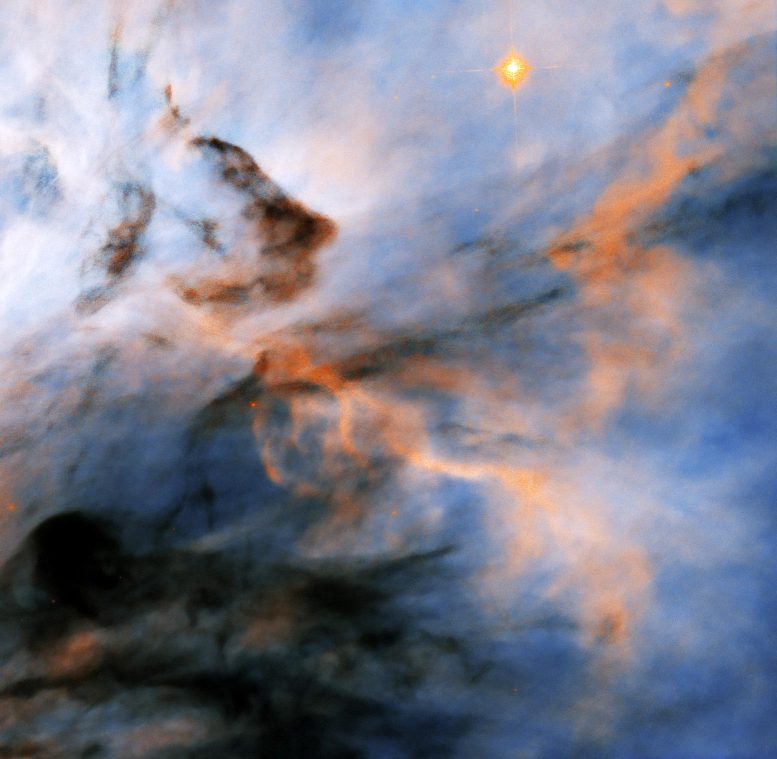
Credit: NASA, ESA, and K. Stapelfeldt (Jet Propulsion Laboratory); Processing; Gladys Kober (NASA/Catholic University of America)
The Flame Nebula or NGC 2024 is a large star-forming region in the constellation Orion that lies about 1,400 light-years from Earth. Hubble studied this nebula to look for protoplanetary disks, or “proplyds” – disks of gas and dust around stars that may one day form new solar systems. Hubble found four confirmed proplyds and four possible proplyds in the nebula, but the proplyds are being worn away by the intense radiation of nearby stars and may never have the chance to form planets as a result. Hubble also located three “globulettes” in the nebula – small, dark dust clouds that can be seen against the background of bright nebulae. These dust clouds are thought to form brown dwarfs – warm objects too big to be planets but without enough mass to become stars – and other free-floating, planetary-mass objects in our galaxy.
The Flame Nebula is part of the Orion Molecular Cloud Complex, which includes such famous nebulae as the Horsehead Nebula and Orion Nebula.
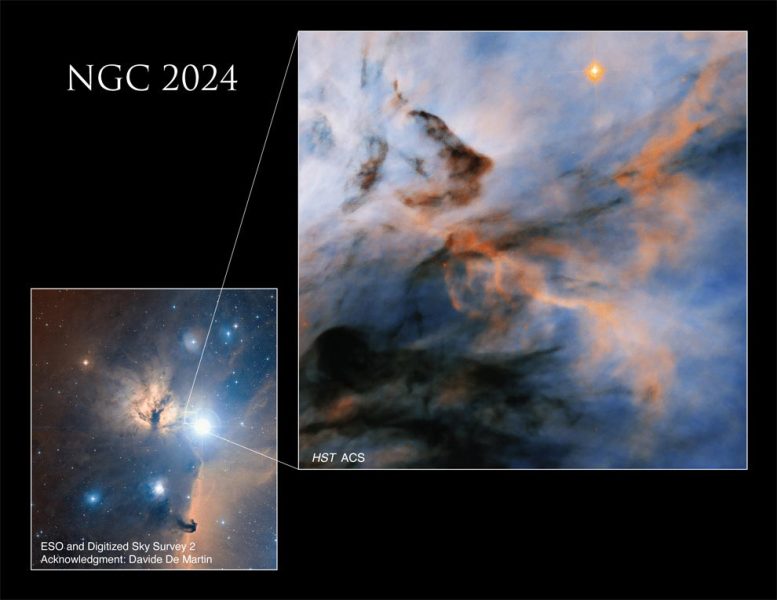
Hubble imaged a small portion of the Flame Nebula, which is part of the Orion Molecular Cloud Complex along with the Horsehead Nebula. Credit: NASA, ESA, K. Stapelfeldt (Jet Propulsion Laboratory), ESO, DSS2, and D. De Martin; Processing; Gladys Kober (NASA/Catholic University of America)

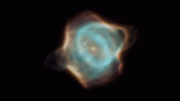

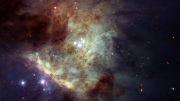
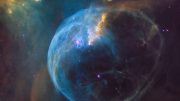
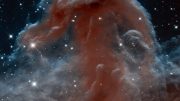
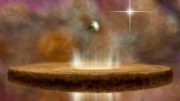

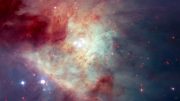
Be the first to comment on "Hubble Space Telescope Finds Flame Nebula’s Searing Stars May Halt Planet Formation"